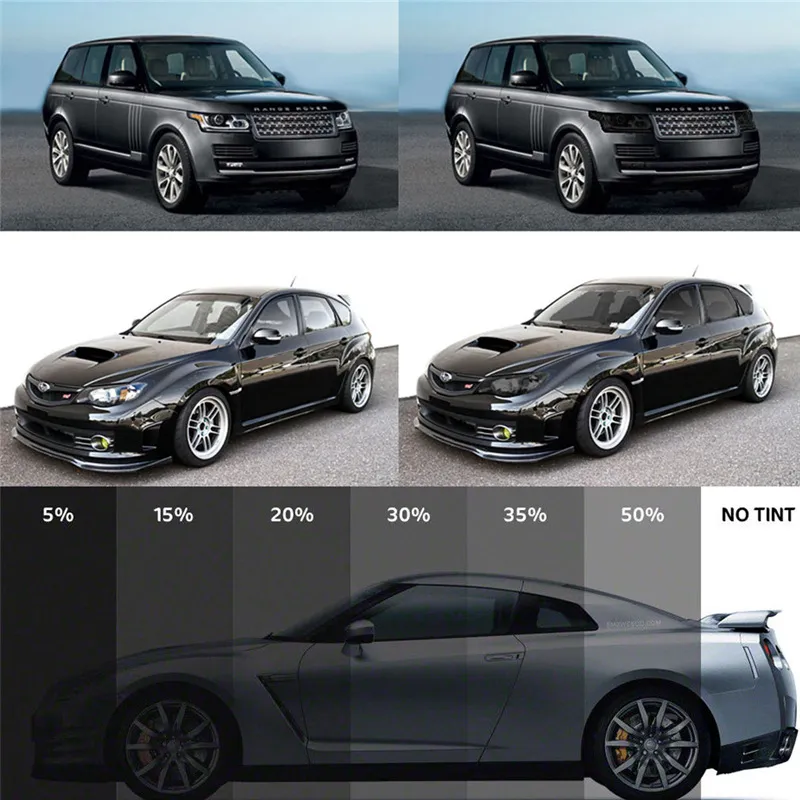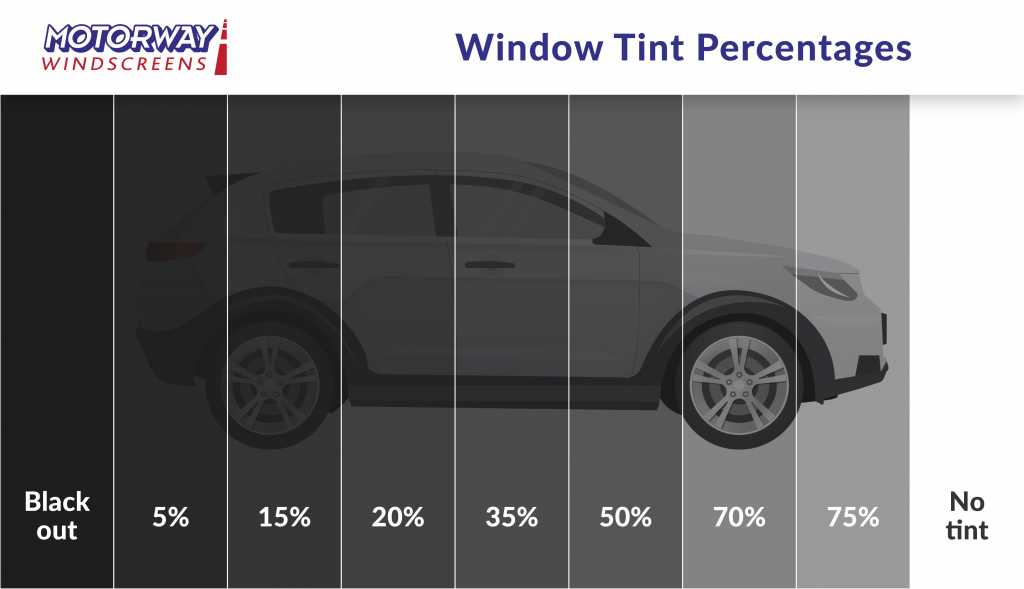Why Window Tinting Is the Best Solution for UV Protection and Glare Reduction
Why Window Tinting Is the Best Solution for UV Protection and Glare Reduction
Blog Article
Window Tinting Regulations: What You Required to Know Prior To Tinting Your Car
Comprehending window tinting laws is necessary for any automobile owner taking into consideration tinting their car. Rules differ substantially from state to state, developing details limits for Visible Light Transmission (VLT) percentages, especially for front-side windows and windscreens. Failure to follow these laws can lead to penalties, the necessity to remove the color, and issues with insurance coverage. As you consider improving your car's look and functionality, it is important to understand not just the lawful ramifications however also the practical considerations that include choosing the appropriate color. What factors should you prioritize in your decision-making process?
Relevance of Recognizing Tint Laws
Recognizing window tinting regulations is essential for vehicle owners to ensure conformity with state laws. These regulations determine the permissible degrees of color darkness and reflectivity, which can considerably vary from one territory to an additional. Falling short to stick to these guidelines can lead to penalties, obligatory removal of the color, and possible issues throughout vehicle inspections.
Furthermore, comprehending these regulations assists car owners make educated decisions about their tinting alternatives. Various sorts of window films offer various benefits, such as UV defense, heat rejection, and glare decrease. Nonetheless, without understanding of the legal restrictions, vehicle owners run the risk of picking products that may ultimately cause lawful issues.
Furthermore, recognition of tinting regulations promotes a much safer driving setting. window tinting. Exceedingly dark tints can hinder visibility, enhancing the risk of mishaps, particularly at night or in damaging weather. Law enforcement agencies likewise make use of these policies to ensure roadway safety and security, making conformity not simply an individual responsibility but a legal obligation
State-Specific Color Rules
Each state in the united state has actually established its very own certain laws relating to window tinting, mirroring a diverse selection of standards and requirements. These laws can differ considerably, affecting just how vehicle proprietors approach installation and compliance. For instance, some states allow darker colors on rear windows while enforcing stringent limits on front-side windows.
Additionally, laws usually specify allowable color products and colors. Certain states ban reflective tints altogether, while others might permit them to a limited degree. Some jurisdictions mandate that lorries with tinted home windows show a sticker label showing compliance with state legislations, offering a clear identification for regulation enforcement.
Enforcement of these legislations additionally differs; some states are much more aggressive, conducting random checks, while others rely upon complaints or visible violations to initiate enforcement. Vehicle owners need to be mindful that failing to conform with state-specific tint regulations can lead to penalties, necessary removal of illegal tints, or both.

Legal Color Percentages
Identifying the lawful tint percentages is essential for automobile owners looking for to follow state laws. Each state has details regulations governing exactly how much light should go through the windows of a lorry, which is expressed as a percentage recognized as Visible Light Transmission (VLT) This portion differs significantly throughout states and can depend on the kind of window-- front side, back side, and windshield.
For example, some states enable as low as 20% VLT on front side windows, while others might permit up to 50%. Windshield tinting is typically more limited, with many territories permitting only a slim band of color at the top of the windshield. In comparison, back windows typically have more tolerant policies, with some states permitting darker colors.
It is crucial for automobile owners to acquaint themselves with their local laws to avoid prospective legal concerns. This consists of understanding exactly how VLT is gauged, as it can vary based try this web-site on the kind of home window movie used. Remaining informed concerning these regulations ensures compliance and promotes safe driving conditions for both the vehicle owner and others on the roadway.
Consequences of Non-Compliance
Failing to adhere to home window tinting regulations can lead to significant consequences for car proprietors. Policemans trained to determine unlawful color levels might release fines, which can vary by territory but usually range from moderate to considerable quantities.

Insurance provider might also penalize pop over to this web-site for non-compliance, as unlawful adjustments can be considered as a violation of plan terms. This could influence coverage prices or cause issues in cases if an event occurs.
Inevitably, the repercussions of non-compliance prolong past prompt punitive damages; they can affect a vehicle driver's insurance policy prices, lawful standing, and general automobile worth, highlighting the importance of adhering to neighborhood home window tinting guidelines.
Tips for Choosing Tinting Options
When picking home window tinting options,Recognizing the implications of non-compliance highlights the significance of making notified choices. Firstly, familiarize yourself with your state's certain legislations pertaining to color darkness and reflectivity. Each state has special guidelines that determine the acceptable limitations, so guarantee you remain within these guidelines to avoid penalties.
Second of all, take into consideration the kind of tint product. Choices consist of colored, metalized, and ceramic tints, each offering varying levels of warm rejection, UV protection, and durability. For circumstances, ceramic tints provide exceptional warm resistance without conflicting with electronic devices, making them a popular option.
Additionally, assess your primary function for tinting. If you look for enhanced personal privacy, go with darker colors; however, bear in mind that this might influence exposure at night. On the other hand, if glow reduction and UV defense are your primary concerns, lighter tints may be adequate.
Lastly, speak with an expert installer who is well-informed about local guidelines and can advise high-quality materials suited to your demands (window tinting). Taking these elements right into account will guarantee you make an educated choice, inevitably boosting both your car's appearances and performance
Final Thought
Finally, experience with window tinting legislations is vital prior to applying tint to a car. Each state implements specific policies pertaining to noticeable light transmission percentages, particularly for front-side windows and windscreens. Non-compliance can result in substantial penalties, including penalties and required removal of non-conforming color. By comprehending lawful requirements and choosing appropriate color products, lorry owners can achieve aesthetic improvement while remaining certified with appropriate legislations. Adherence to these standards makes sure both safety and security and satisfaction.
Recognizing window tinting laws is important for any type of lorry owner thinking about tinting additional info their cars and truck.Recognizing home window tinting legislations is important for lorry owners to make certain compliance with state regulations. Some states permit darker tints on rear home windows while enforcing strict restrictions on front-side windows.
In comparison, rear home windows typically have extra tolerant laws, with some states permitting darker colors. (window tinting)
In final thought, knowledge with window tinting regulations is vital prior to using color to a lorry.
Report this page